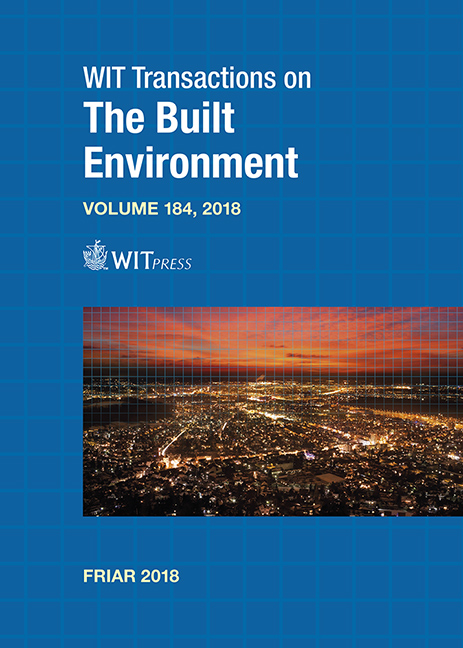CONSIDERING THE VALUE OF COMMUNITY ENGAGEMENT FOR (CO-)PRODUCING BLUE–GREEN INFRASTRUCTURE
Price
Free (open access)
Transaction
Volume
184
Pages
13
Page Range
1 - 13
Published
2018
Size
410 kb
Paper DOI
10.2495/FRIAR180011
Copyright
WIT Press
Author(s)
GLYN EVERETT, JESSICA E. LAMOND
Abstract
This paper considers the now seemingly widely-recognised importance of engaging communities in the co-development and maintenance of sustainable approaches to flood risk management (Blue–Green Infrastructure, BGI). The potential value in maximising and deepening engagement is briefly outlined: more community buy-in, improved treatment of facilities, lay maintenance and clearance as well as potentially greater willingness-to-pay all improving the function and so sustainability of systems; increased multiple felt benefits through heightened awareness and understanding, and hopefully improved community coherence and cohesion developed through the engagement process. Engagement is now generally accepted as a “good thing”, but it risks becoming an empty signifier that is problematic to implement effectively, unless we begin to break down and analyse the various component parts; the strategies more and less likely to work with different communities and the how, what, where and when employed within different approaches. We argue that approaches to and patterns of engagement should be dependent upon the wider context of the development under consideration; retrofit or new-build, scale of user-base, demographic characteristics, etc. Three case-studies in Bristol, UK are considered in respect of their characteristics and engagement histories using analysis of publically available documents and websites. This information is further supplemented through site inspection and stakeholder interviews. These case studies are seen to exhibit differences that demonstrate the value in seeking careful and differentiated approaches over the longer-term in an effort to cultivate a truer and deeper sense of ownership by local communities.
Keywords
community engagement, flood-risk management, blue–green infrastructure, co-production, Bristol, England





